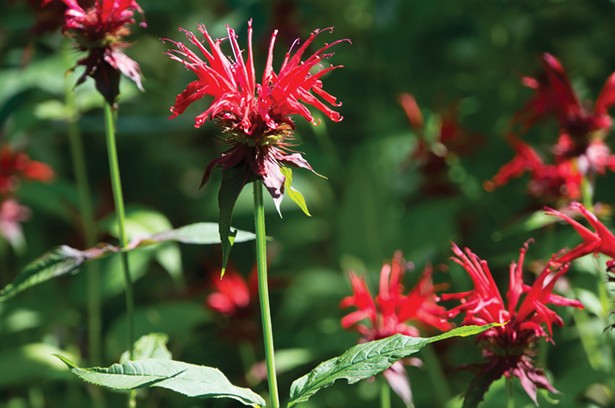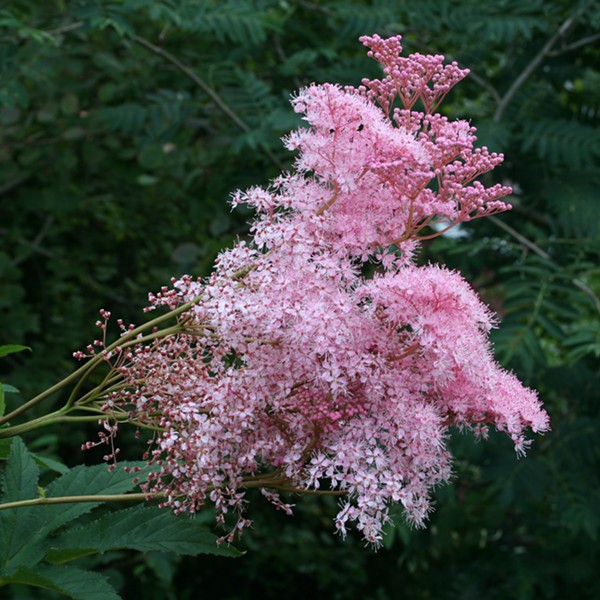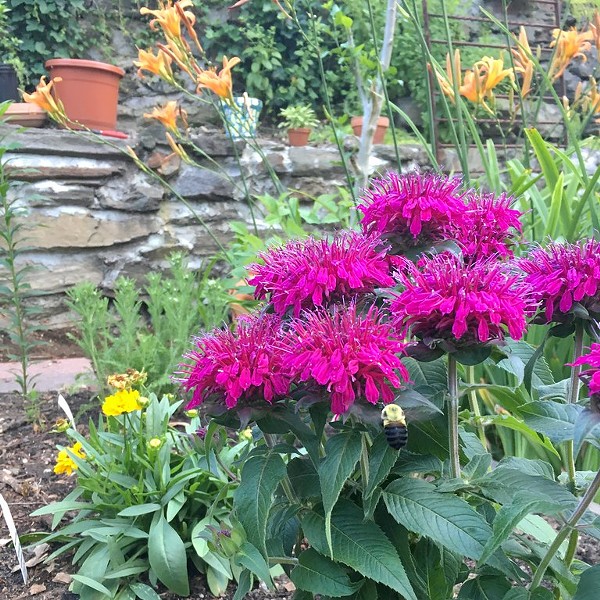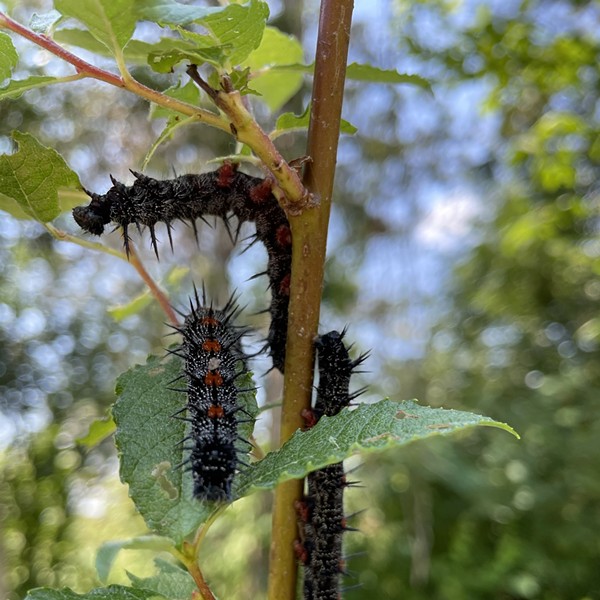There's a sense of fulfillment that comes with designing a landscape, from choosing fragrant flowering plants and lush shrubs to digging in the dirt and, finally, seeing your home surrounded by vibrant blooms and greenery—maybe even a few edible plants. Today, when you head to the garden center, most of the species hail from different regions of the country—and even the far reaches of the world. And though they might seem like a perfect fit to line your front porch or edge your back patio, non-native plants can disrupt the natural ecosystem.
"People buy a house and they want a garden they love, so they go to a home improvement store to buy attractive flowers and shrubs" says John Messerschmidt, owner of Hudson Valley Native Landscaping, which is based in High Falls. "But these plants are chosen for their appearance not for their contribution to ecological balance."As native plants are replaced or outcompeted by introduced species, vital sources of food, pollen, and habitat are being lost. "Each bird, insect, and pollinator needs specific plants for survival—some for food, some for reproduction," explains Messerschmidt. "Some insects will only lay their eggs on a specific plant, so that when they hatch there's an immediate food source. If native plants are no longer around, it disrupts the ecological balance."

But there's no need to forgo beauty for the sake of a healthy yard. Hudson Valley Native Landscaping works with many homeowners and often plants a wide range of flowers, shrubs, and trees that are beautiful and native to the Hudson Valley area.
Monarda, commonly known as bee balm, for instance, produces a beautiful red flower that blooms in late summer and attracts hummingbirds (the leaves can also be used in cooking or as a tea). Rhus aromatica, also known as fragrant sumac, is a low-growing shrub that produces berries for birds in summer and fiery-colored leaves in autumn, making it a great replacement for barberry, a popular invasive that is a favored habitat for tick-carrying mice.
"Doublefile viburnum is a beautiful flowering plant that can thrive in place of a non-native shrub. They produce beautiful white flowers along their stems. As the season changes, their leaves turn purple and red," Messerschmidt says. "One alone won't bear fruit, but if you plant two or more, they'll cross-pollinate and produce purple berries that attract birds. In winter, when the leaves fall off, you're left with a nice structural stem. It's a plant that gives year-round."
As the summer comes to an end, it's the perfect time to make changes in your garden, when the sun isn't as harsh on plants and soil.
"We strive to create a healthy balance, so that when you open your door you'll see hummingbirds and butterflies and hear birds chirping," Messerschmidt says. "We call it enlightened landscaping: no chemicals involved, all parts of the environment considered. Your yard is an integral part of the environment and can be a healthy, thriving, beautiful ecosystem."
















